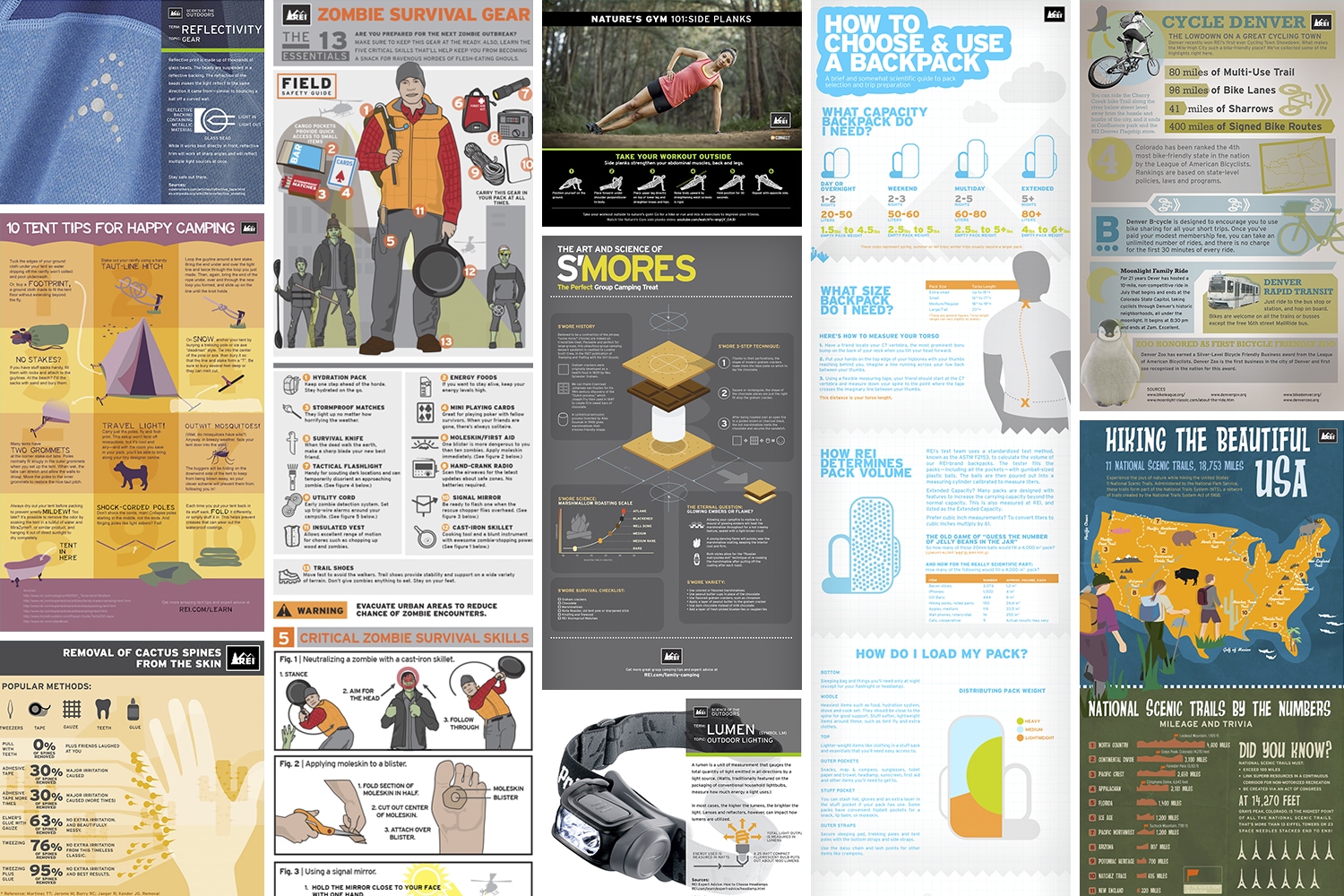Need a break from the daily multitasking merry-go-round? Trade in your digital devices for boots and backpacks — they’re your ticket to off-the-grid adventures and the wonders of the backcountry! With the right pack and a little preparation, you can head out for a day hike or a through-hike and say “CUL8R” to the daily grind.

How to Choose & Use a Backpack
A brief and somewhat scientific guide to pack selection and trip preparation.
What Capacity backpack do I need?
Day or Overnight:
- 1-2 nights
- 20-50 liters
- 1.5lbs to 4.5lbs empty pack weight
Weekend:
- 2-3 nights
- 50-60 liters
- 2.5lbs to 5lbs empty pack weight
Multiday:
- 2-5 nights
- 60-80 liters
- 2.5lbs to 5+lbs empty pack weight
Extended:
- 5+ nights
- 80+ liters
- 4lbs to 6+lbs empty pack weight
What Size Backpack Do I Need?
Here’s how to measure your torso:
- Have a friend locate your C7 vertebra, the most prominent bony bump on the back of your neck when you tilt your head forward.
- Put your hands on the top edge of your hipbones with your thumbs reaching behind you. Imagine a line running across your low back between your thumbs.
- Using a flexible measuring tape, your friend should start at the C7 vertebra and measure down your spine to the point where the tape crosses the imaginary line between your thumbs.
Below are general pack size figures. Torso-length ranges can vary slightly by brand.
- Pack size: Extra small = Torso length: Up to 15″+
- Pack size: Small = Torso length: 16″ to 17″+
- Pack size: Medium/Regular = Torso length: 18″ to 19″+
- Pack size: Large/Tall = Torso length: 20″+
How REI Determines Pack Volume
REI’s test team uses a standardized test method, known as the ASTM F2153, to calculate the volume of our REI-brand backpacks. The tester fills the packs–including all the pockets–with gumball-sized plastic balls. The balls are then poured out into a measuring cylinder calibrated to measure liters.
Extended capacity? Many packs are designed with features to increase the carrying capacity beyond the normal capacity. This is also measured at REI, and listed as Extended Capacity.
How Do I Load My Pack?
Bottom: Sleeping bag and things you’ll need only at night (except for your flashlight or headlamp).
Middle: Heaviest items such as food, hydration system, stove and cook set. They should be close to the spine for good support. Stuff softer, lightweight items around these, such as tent fly and extra clothes.
Top: Lighter-weight items like clothing in a stuff sack and essentials that you’ll need easy access to.
Outer pockets: Snacks, map and compass, sunglasses, toilet paper and trowel, headlamp, sunscreen, first-aid and other items you’ll need to get to.
Stuff pocket: You can stash hat, gloves and an extra layer in the stuff pocket if your pack has one. Some packs have convenient hipbelt pockets for a snack, lip balm or moleskin.
Outer straps: Secure sleeping pad, trekking poles and tent poles with the bottom straps and side straps.
Use the daisy chain and lash points for other items like crampons and ice axes.
How Do I Adjust the Fit of My Backpack?
Follow these step-by-step instructions:
- Put your arms through the straps and position the hipbelt on your hip bones.
- Clip the hipbelt buckle and pull the tails forward to tighten. (You should feel most of the weight of the pack on your hips, not your shoulders.)
- Snug the shoulder straps by pulling down on the webbing tails.
- Pull the pack in toward your lower back with the adjuster straps on the sides of the hipbelt.
- Pull the pack in toward your upper back with the webbing at the top of the should straps.
- Slide the sternum strap up or down the shoulder straps until comfortable; clip the buckle and tighten.
- Some sternum strap buckles have a built-in whistle–you may blow it now to signal that your pack is adjusted and you’re ready to go. Just kidding. Use for emergencies only.
- And finally, if you are carrying any cats, secure the pack lid prior to takeoff.
What to Take
The ten essential “systems:”
- Navigation (map and compass)
- Sun protection (sunglasses and sunscreen)
- Insulation (extra clothing)
- Illumination (headlamp or flashlight)
- First-aid supplies
- Fire (waterproof matches, lighter, or candles)
- Repair kit and tools (duct tape)
- Nutrition (extra food)
- Hydration (water, filter or iodine tablets)
- Emergency shelter (bivy or mylar blanket)
What to Leave at Home
- Blow Dryer
- Garden tools
- Cranky in-laws
- Fast food
- The interweb
